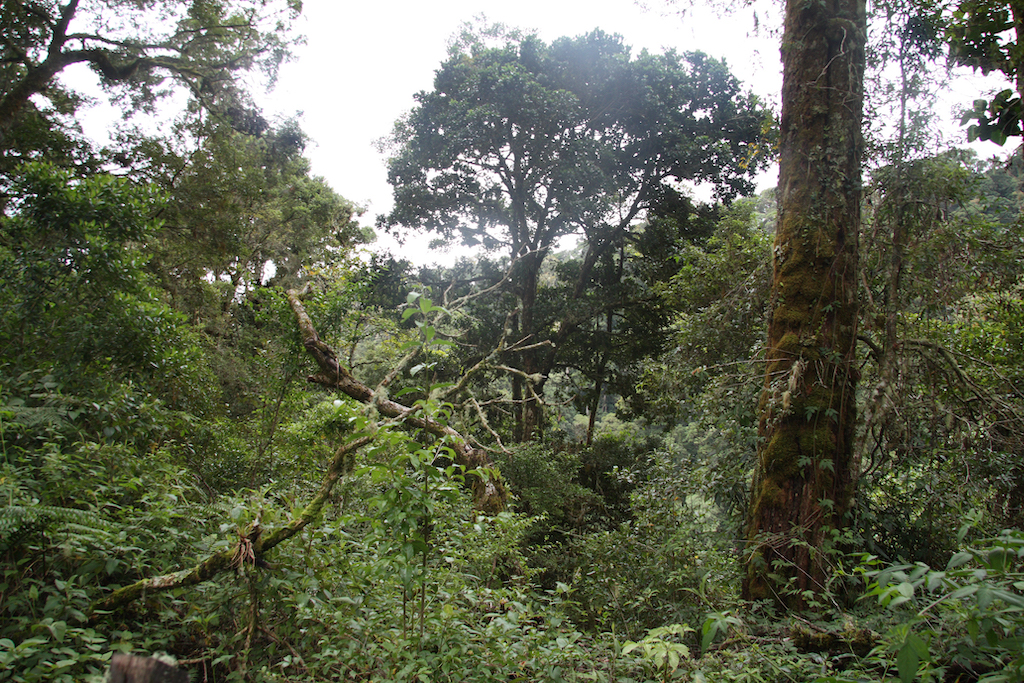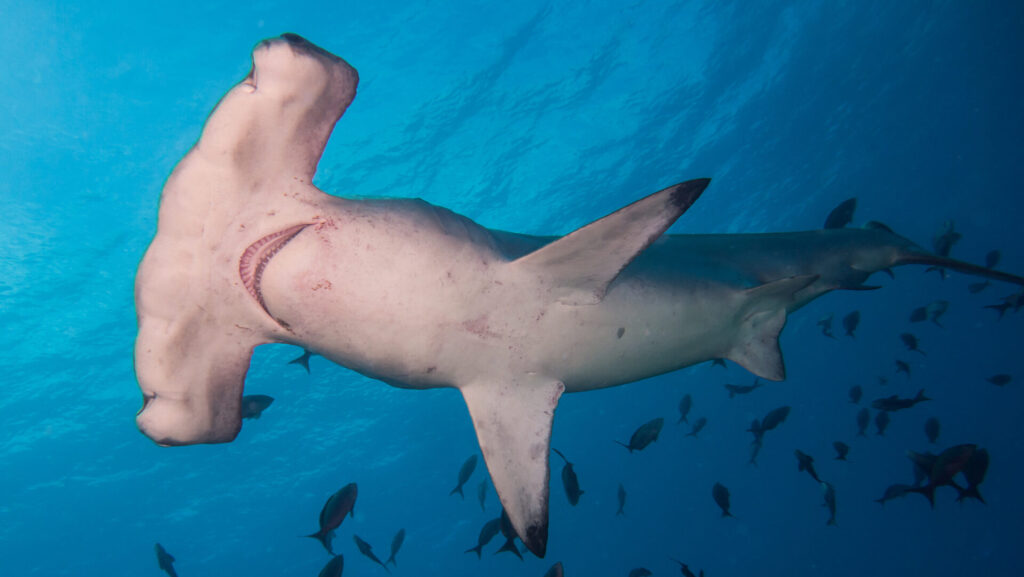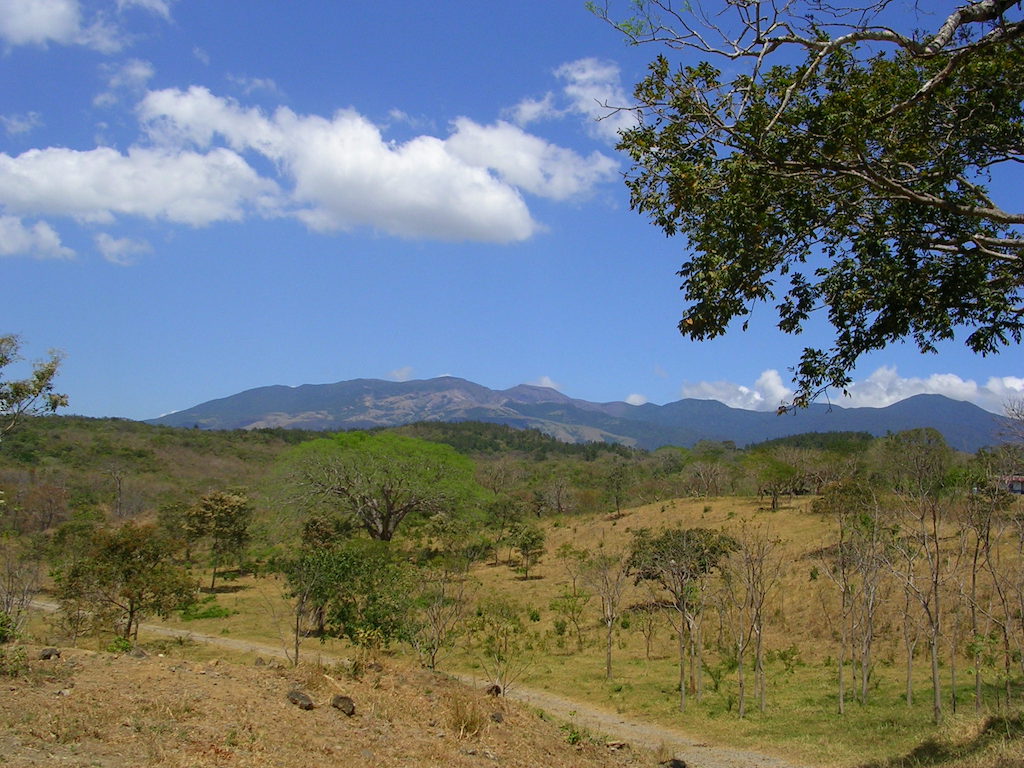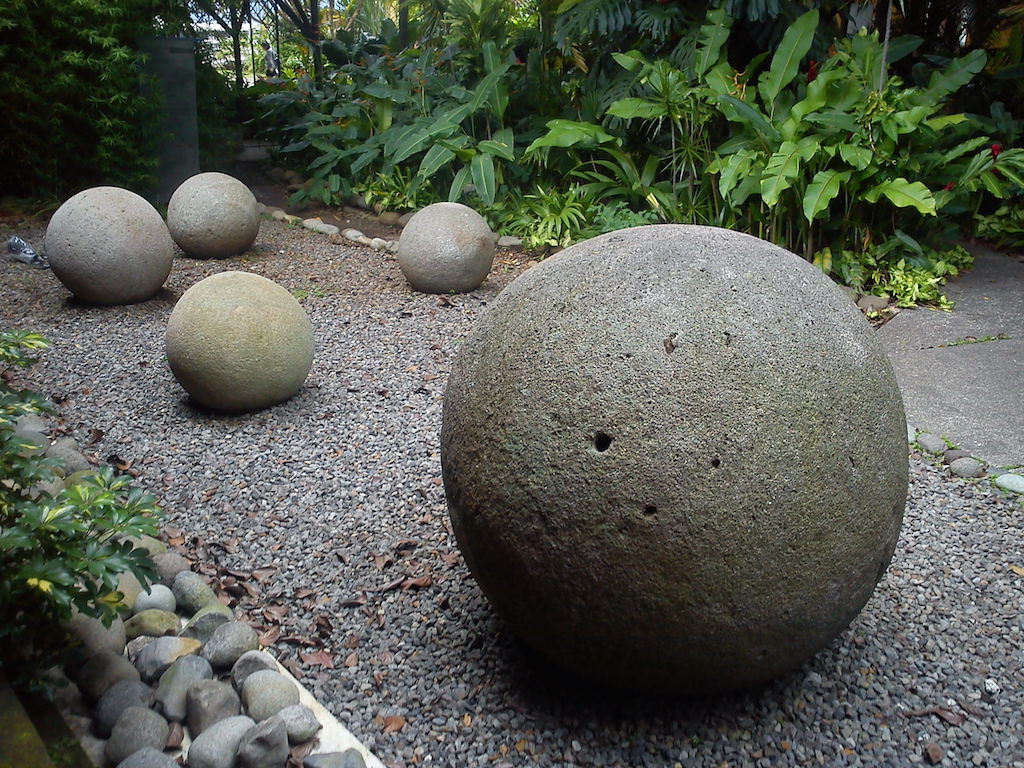1. La Amistad International Park, Limón
La Amistad International Park is located in the south of Costa Rica, on the border with Panama, with which it shares its territory. In 1983 the park was declared a Natural World Heritage site by UNESCO and is one of the most biodiverse locations in Central America. The protected environments that can be found ranges from rainforests to cloud forests, glacial lakes, alpine grasslands and an oak forest. No wonder – that it offers a huge biological diversity in this wide range of ecosystems.


2. Cocos Island National Park
Also known es „Isla del Coco” is located in the Eastern Pacific 550 km off the Costarican mainland. Due to its climatic conditions the only tropical forest on an Eastern Pacific Island can be found on “Isla del Coco”. The 24 square kilometer coastline of this island offers cliffs up to 183 meters high and countless underwater caves. Moreover, due to its remote location and thanks to constant conservation efforts, the turquoise blue sea constitutes a unique habitat for an abundance of fish, sharks (hammerhead and white fin), dolphins, manta rays, mollusks, and many marine species that make this island well-known as a world-class diving destination.
3. Area de Conservación Guanacaste
The Area de Conservación Guancaste is since 1999 part of the World Heritages. It includes the private property of 15.000 hectare of St Elena. The 104,000 hectares of land cover an uninterrupted area of about 100 kilometers from the Pacific coast to the lowland rainforests in the Caribbean basin. The diverse landscape is a home to an extraordinary variety of lifes.
Besides more than 900 vertebrate species and approximately 7,000 plant species mammals like the Central American Tapir, the Jaguar, Ocelot and a diversity of amphibians and reptiles such as the American Crocodile and Spectacled Caiman inhabit this area.


4. Precolumbian Chiefdom Settlements with Stone Spheres of the Diquís
The Precolumbian Chiefdom Settlements with Stone Spheres of the Diquís was inscribed in 2014 -is the youngest World Heritage of Costa Rica and is a unique example of the complex social, economic and political systems of the period AD 500–1500. The four sites represent different settlement structures of chiefdom societies. Besides artificial mounds, paved areas and burial sites the famous stone spheres that can be found in the area of the Diquís Delta are known for its perfect shape. The size of the stone spheres varies between 0.7 m and 2.57 m in diameter and are still placed in their original locations. Until today the use and meaning of the stone spheres remain a mystery. However, the area illustrates the complex political, social and productive structures of the Precolumbian hierarchical societies with its traditional art and craft capabilities.

